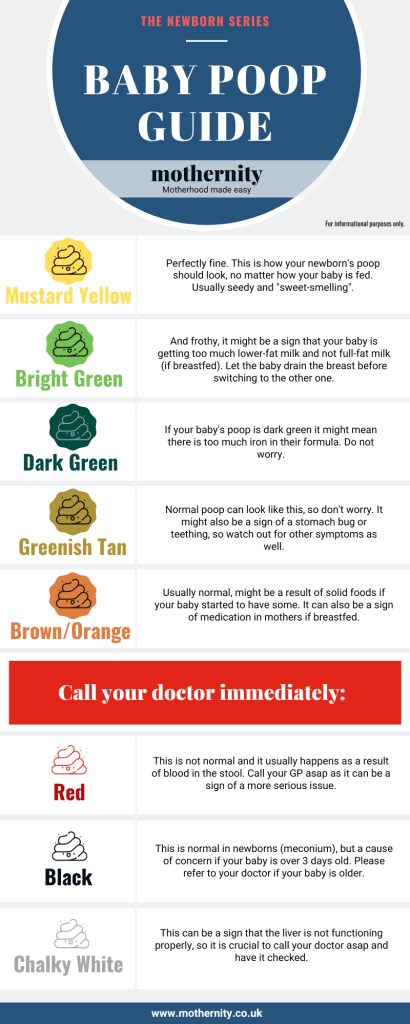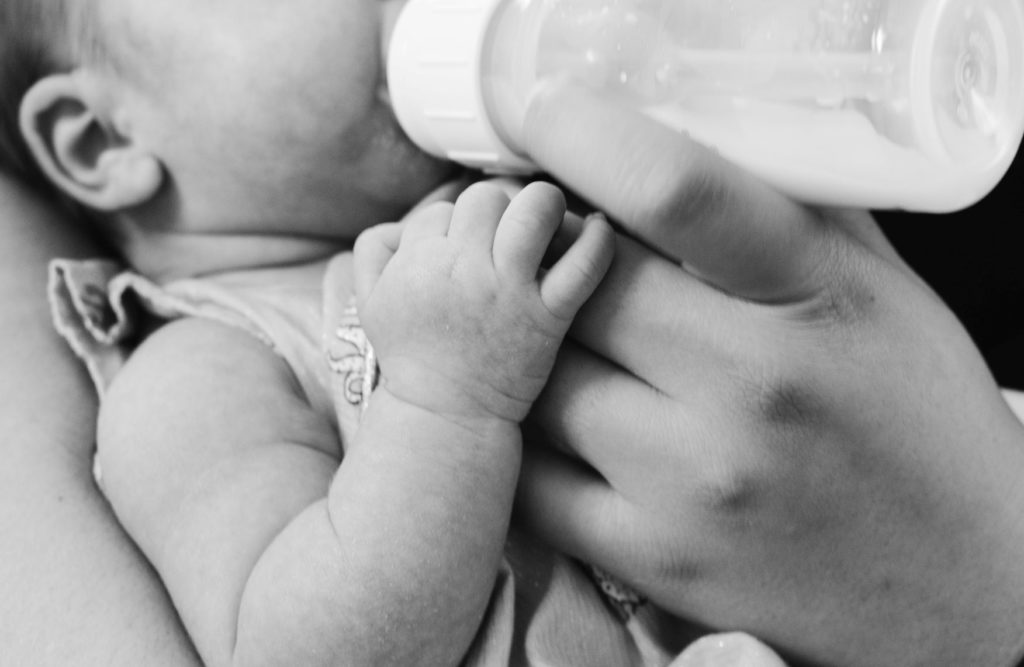
CRITICAL HEALTH & SAFETY DISCLAIMER
mothernity.co.uk is a platform for informational and educational purposes only. This content is based on general research and experienced parent insight and is NOT a substitute for professional medical advice, diagnosis, or treatment. Always seek the advice of your qualified healthcare provider (GP, midwife, or consultant) with any questions you may have regarding a medical condition or before making changes to your health plan or treatments. Never disregard professional medical advice or delay seeking it because of something you have read here.
Amidst the sleepless nights and sweet cuddles, you’ll encounter a fascinating and sometimes perplexing aspect of parenthood – your baby’s poo. Let’s explore together what a healthy and normal stool for your baby is. We’ll delve into aspects like colour, consistency, frequency, and when it’s advisable to consult your GP for medical guidance.
Things to expect
- Meconium magic:
- In the first few days of life, your baby will pass meconium, a thick, sticky, greenish-black substance. Meconium consists of materials your baby ingested while in the womb, such as amniotic fluid, mucus, and skin cells. As your baby begins to digest breast milk or formula, the colour and consistency of their stool will change. Within 1-2 days, the poo should lighten in colour and become more liquid.
- Breastfed-baby brilliance:
- If you’re breastfeeding, your baby’s poo will transition to a mustard-yellow colour with a seedy texture. Breast milk poo is generally loose and may appear watery, and it’s entirely normal for breastfed babies to have multiple bowel movements a day.
- Formula-fed feats:
- Formula-fed babies often have poo that is a bit firmer and pastier than breastfed babies. The colour can range from yellow to brown. It’s common for formula-fed babies to have fewer bowel movements than breastfed babies.
- The rainbow of colours:
- As your baby grows and starts eating solid foods, the colour and consistency of their poo will change again. It might resemble the colour of the foods they eat, from the green after spinach to the orange after carrots.
Which poo colour is considered normal?
We’ve prepared an infographic outlining normal poo colours, so you can be vigilant for any deviations. Promptly contact your doctor/GP if you notice red, black, or white stool.
- Mustard yellow poo – Normal. This is the expected appearance of your baby’s poo, regardless of the feeding method. Typically, it’s grainy and carries a “sweet” scent.
- Bright green poo – If frothy, it could indicate excessive intake of lower-fat milk. Ensure the baby drains one breast before switching.
- Dark green poo – This might indicate excessive iron intake from the formula. Don’t fret.
- Greenish tan poo – Common stool variation, but also linked to stomach bugs or teething. Watch for additional symptoms.
- Brown/orange poo – Generally normal, possibly influenced by solid foods or maternal medications if breastfeeding.
The concerning colours: when to consult your doctor
- Red poo – Not normal; it may indicate blood in the stool. Contact your GP promptly, as it could indicate a serious issue.
- Black poo – Normal in newborns (meconium), but concerning if your baby is over 3 days old. Consult your doctor in this case.
- Chalky white poo – This might signal compromised liver function. It’s vital to promptly consult your doctor for an assessment.
- Green poo – Green stool can be normal, especially if your baby is eating green-coloured foods. Consult your doctor if it persists, as it could indicate an imbalance in the digestive system.

The textures: when to raise an eyebrow
- Soft and seedy:
- For breastfed babies, a soft and seedy texture is completely normal. It’s a sign that your baby is effectively digesting breast milk.
- Firmer and paste-like:
- Formula-fed babies often have poo that is a bit firmer and pastier in consistency. This is generally normal unless it becomes excessively hard for your baby to pass.
- Introducing solids:
- Once you introduce solid foods, expect some changes in texture. It might become thicker and more formed, resembling adult stool.
The frequency: how often?
- Breastfed babies:
- Breastfed babies often have more frequent bowel movements, sometimes after each feeding or even more. This is normal and indicates that their digestive system is efficiently processing breast milk.
- Formula-fed Babies:
- Formula-fed babies tend to have fewer bowel movements, often around one to two per day. As long as the poo is soft and your baby is comfortable, this is generally within the normal range.
As you embark on this journey of diaper changes and baby care, remember that each newborn is unique, and so is their poo. Trust your instincts as a parent, pay attention to changes in colour and consistency, and be observant of your baby’s overall well-being.



